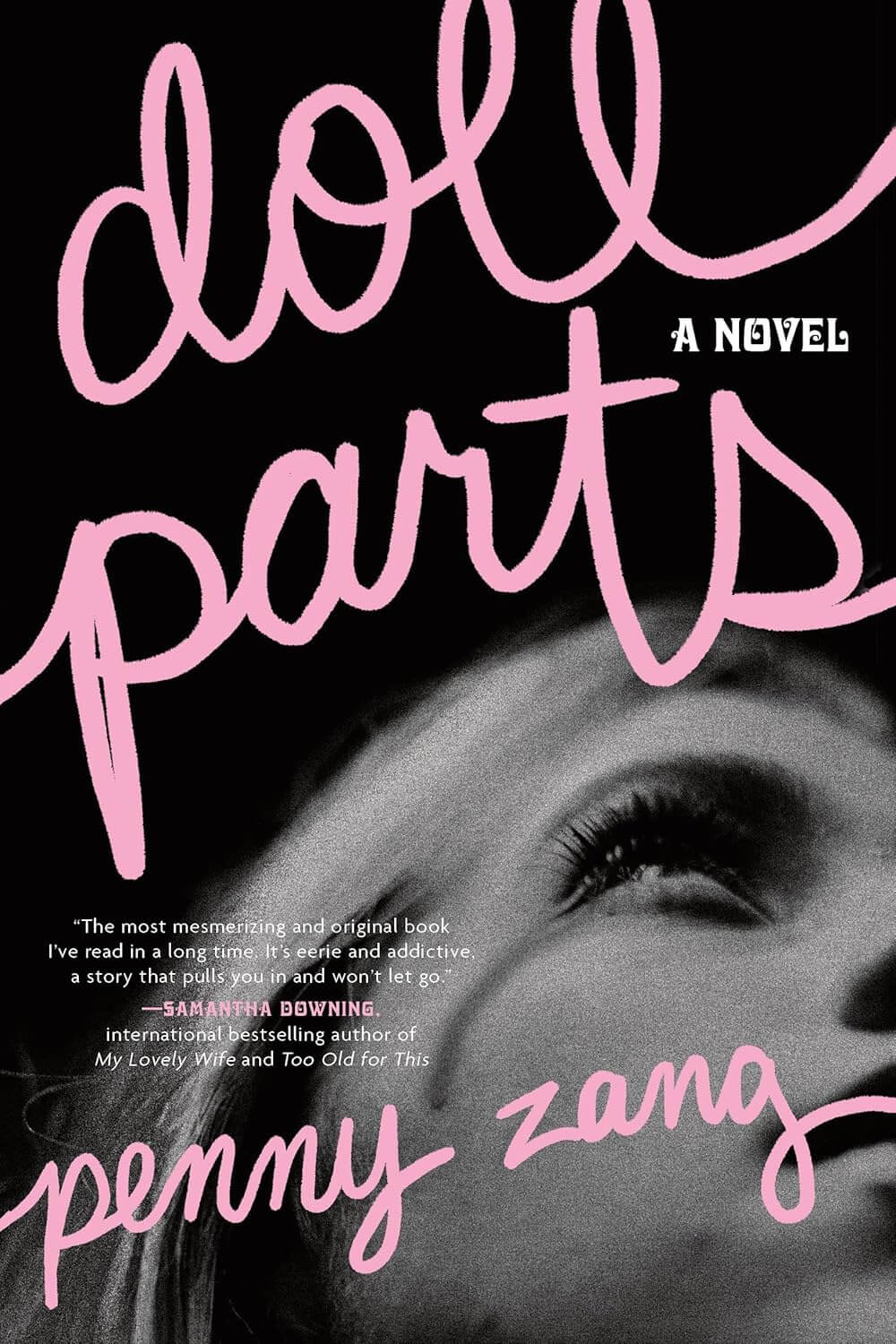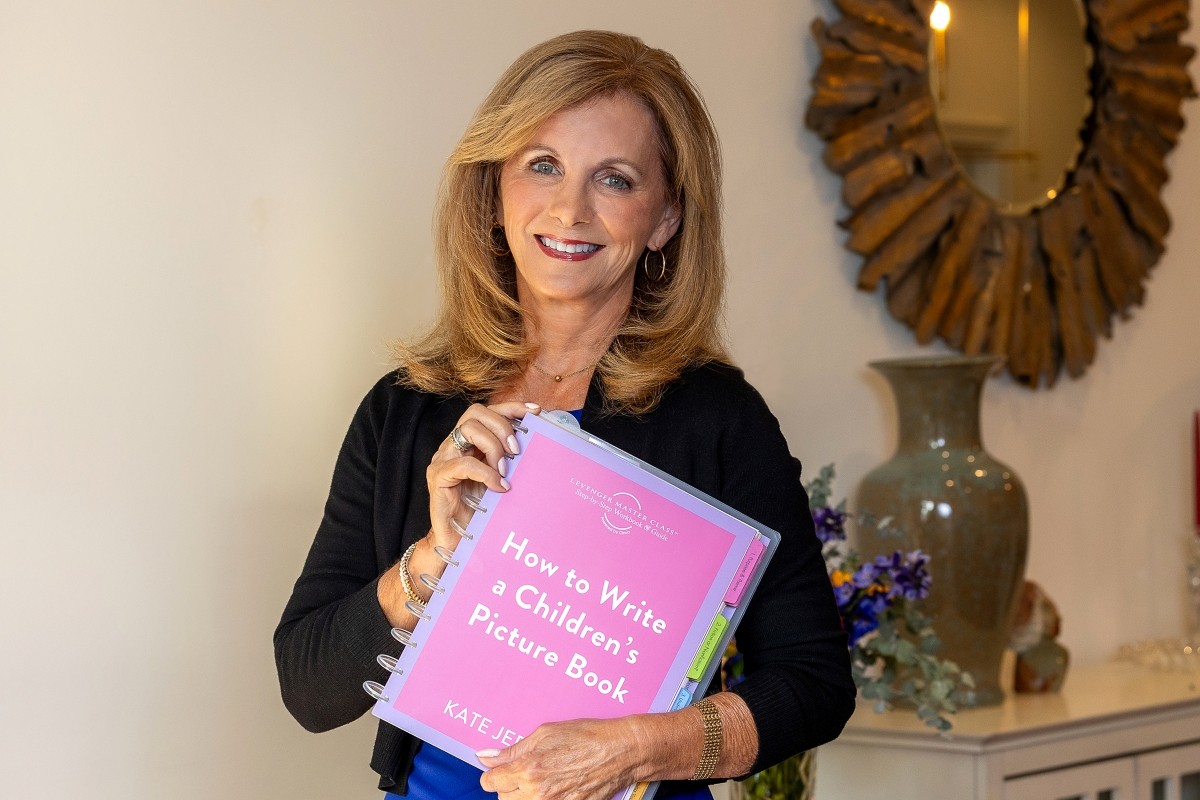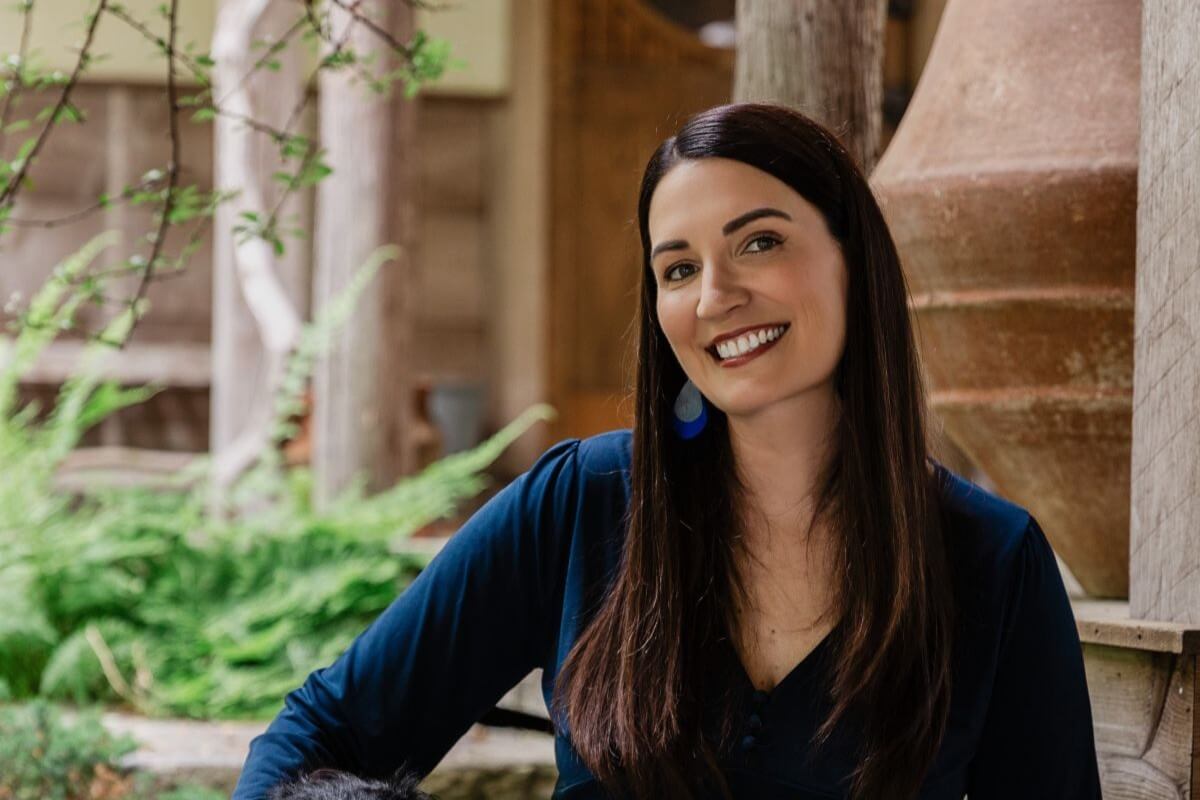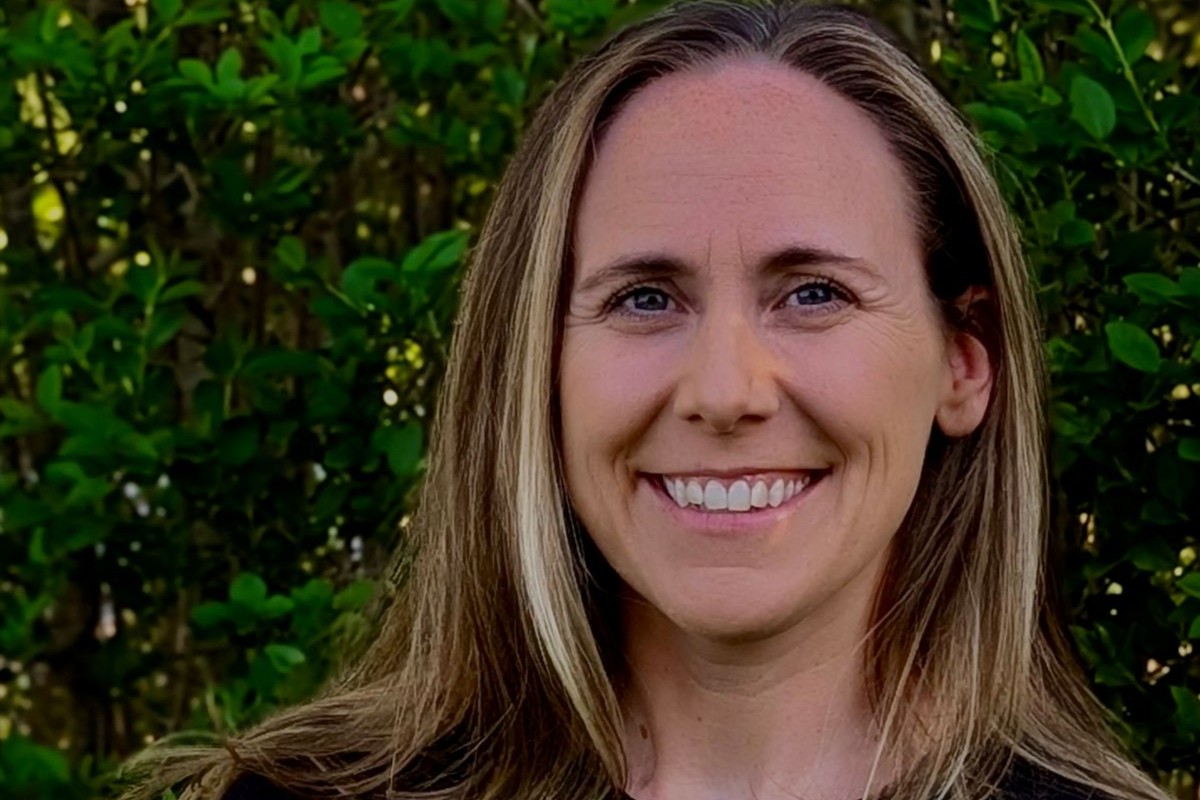Penny Zang is an English professor at Greenville Technical College and holds an MFA in Creative Writing from West Virginia University. Her work has appeared in New Ohio Review, Louisville Review, Superstition Review, and elsewhere. She lives in Greenville, South Carolina with her husband and son.
Friday night. Bag of salt and vinegar potato chips. Skinny can of something just barely alcoholic. Me and my sister-in-law in our pajama pants getting ready to watch one of our true crime “murder shows.” The one with a new dead woman each week that somehow always feels the same as the one before. Relatives and coworkers speak for the dead woman, remembering her smile and her laugh. There are photos of her when she was still alive. Sometimes, if we’re lucky, we get to hear her voice on a recording.
My “murder show era” reached its peak around the same time I listened to the podcast Serial and devoured the countless new books labeled as psychological thriller or domestic suspense, books where a dead woman was often the central plot. I didn’t think of these narratives—whether they were considered true crime or fiction—as significantly different from the stories I had grown up reading and watching. I only needed to watch the news to see how dangerous it was out there. Even more dangerous, the world seemed to say, if you were pretty.
All of these stories weren’t simply background noise. They shaped the way I saw my grief, and the way I approached my writing.
As Alice Bolin writes in her book, Dead Girls: Essays on Surviving an American Obsession, “It’s clear we love the Dead Girl, enough to rehash and reproduce her story, to kill her again and again, but not enough to see a pattern. She is always singular, an anomaly, the juicy new mystery.”
This cultural obsession with dead women, usually young and pretty and white, felt impossible to ignore as I began writing what would become my debut novel, Doll Parts, about an all-women’s college where girls obsessed with Sylvia Plath became known as “The Sylvia Club.”
It bubbled up out of me as I wrote, even as I worried that if I continued writing my novel, I was joining a sea of stories with dead women–as a trope, as a plot point, as a “juicy new mystery”—at the center.
Then, unexpectedly, my best friend, Sarah, died, and my stalled novel began to take on a new shape.
The novel I wrote in the wake of my grief was about two best friends who are haunted by their past in more ways than one. It was about Sylvia Plath and buried secrets, and it was about friendship and loss, but it was also about dead women. More than one. A whole chorus of them.
I wrote as a way to process my grief, but I also wrote because in a culture obsessed with dead women narratives (Dateline and true crime podcasts as a starting point), I became obsessed, too.
In Doll Parts, my main characters, Nikki and Sadie, are tested on dead women for a class on gender and popular culture, in a unit called, “Dead Girls in Literature, Film, and Pop Culture.” I didn’t have to conduct any research to fill in the details of these fictional lessons because anyone who has consumed popular culture over the past several decades has had the same education. We all have the same names on our tongue: Marilyn Monroe, Billie Holiday, Selena, Natalie Wood, the Black Dahlia, Sharon Tate, Jayne Mansfield, Princess Diana. Sylvia Plath.
I had filed it all away, all those images, all that violence and death, scrubbed free of the grief and mourning that must have followed. As a writer, it’s tempting to let the dead woman stay perfect and frozen, an untouched mystery. But this choice has consequences; it keeps her humanity at a distance.
Why dead women at all? Especially when each new story of a dead woman feels at once familiar and impossible to grasp. Bolin writes, “Our cultural obsession with murder stories and the criminal justice system is a prime example of the impulse to narrativize a reality that is basically unexplainable.”
With this in mind, I set out to write about dead women in a way that didn’t romanticize their deaths, but instead honored their lives. One way this manifested was in how my characters experienced public and collective grief on a larger scale. Characters Nikki and Sadie, in their torn fishnets and black eyeliner, watched their classmates ink Sylvia Plath quotes on the inside of their wrists, with the knowledge that they, still very much alive, were part of a much larger story, too.
I wrote until all of these threads braided together. Storytelling, grief, friendship. These were my evergreen themes. I kept writing to answer the question that had haunted me in the aftermath of Sarah’s death: what happens to your best stories and your worst secrets if you’re the only one left alive to remember?
And also: who does the story belong to after a woman dies? Because no matter who the storyteller becomes, the responsibility rests with those of us who are still alive to witness it. The stories don’t end there. They live on in us, in the questions we keep asking, and in the words we write.

Doll Parts by Penny Zang
Twenty years ago, Sadie and Nikki were inseparable, bound together by their love for Sylvia Plath and obsessed with the mysterious deaths of fellow Plath-adoring girls. Now, Nikki is dead and Sadie is pregnant by Nikki’s husband. As Sadie peels back the layers of her estranged friend’s so-called perfect life, Nikki keeps appearing with clues and warnings about how she died. Nikki follows the trail of clues back to the dead girls of the Sylvia Club, of which Nikki may have been its latest victim.
Buy the book now: Bookshop.org | Amazon | Barnes & Noble














Leave A Comment